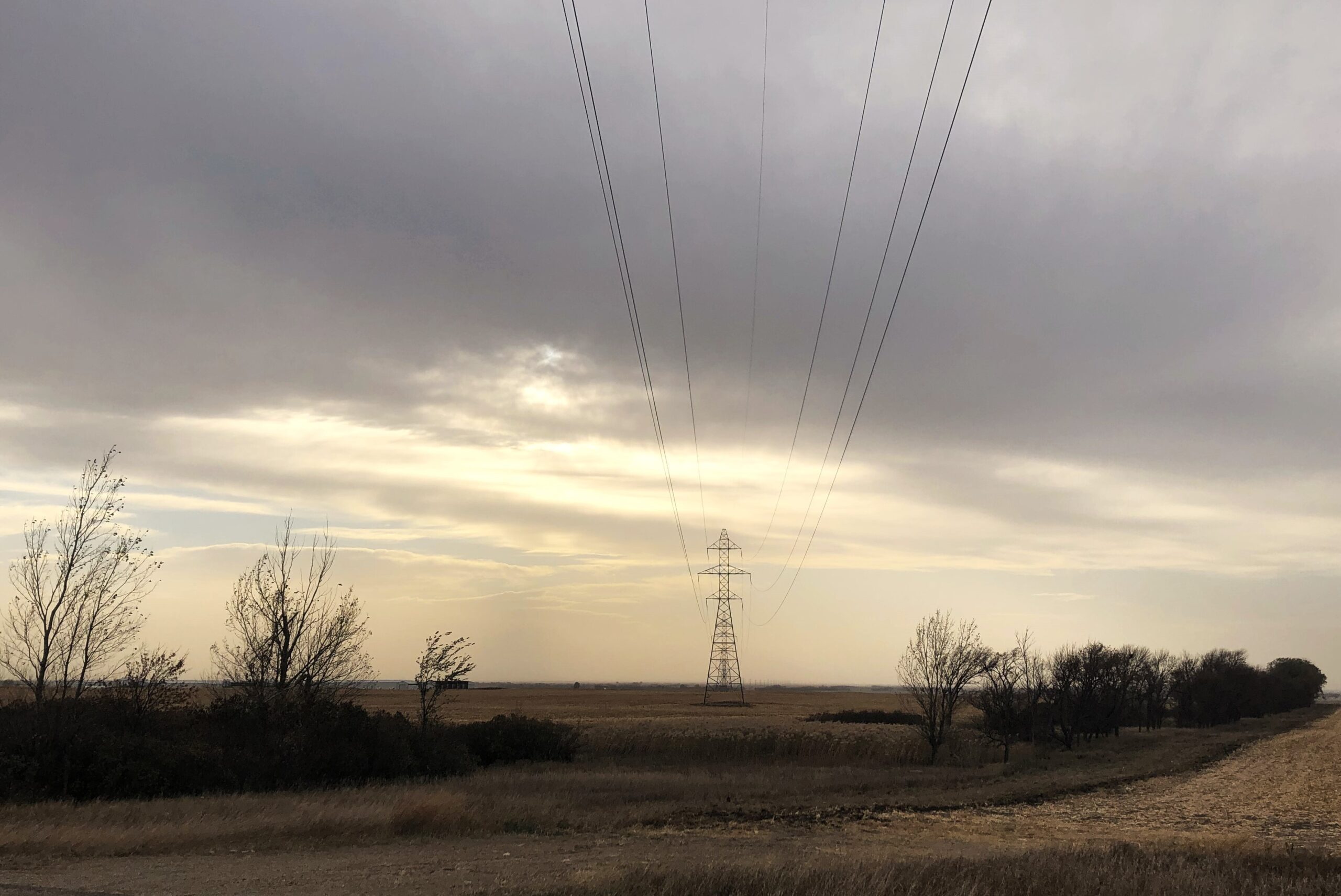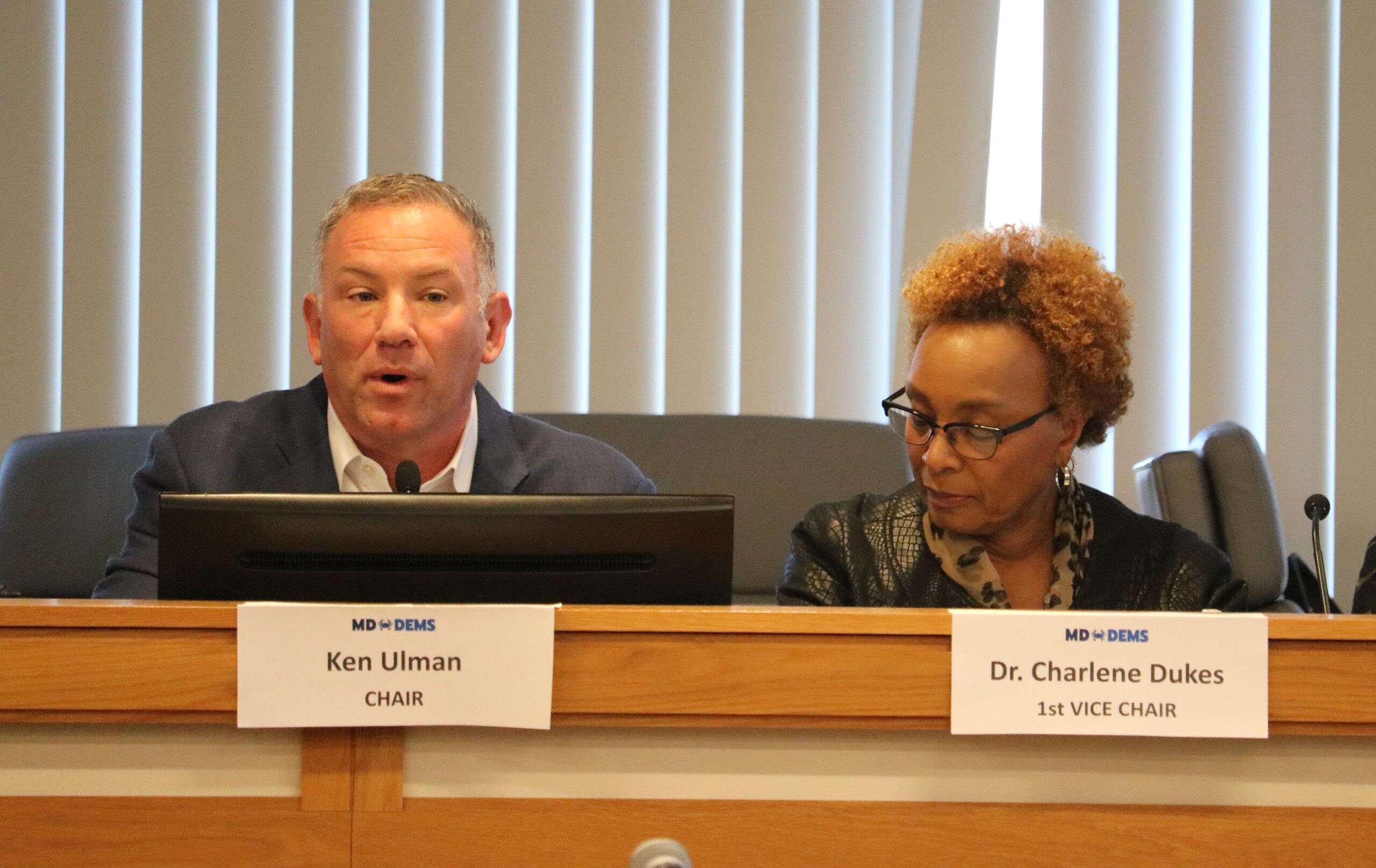Lack of oversight on transmission spending leads to higher electric bills, consumer advocate says

Electric customers have fallen into a “regulatory gap” that’s allowed billions of dollars of transmission construction to happen without oversight of need, prudence or cost effectiveness, according to a complaint filed with federal regulators by the Office of the Ohio Consumers’ Counsel.
And though the complaint to the Federal Energy Regulatory Commission was made on behalf of Ohio ratepayers, the same concern exists across much of the nation, so much so that the commission itself has weighed whether more monitoring of transmission spending is necessary.
FERC has broad authority over electric transmission, but utilities are taking advantage of what critics call an inadequate regulatory regime and spending billions of dollars across the country on smaller lines, replacements for old wires or new projects that fall below the threshold for federal or state review as to whether they’re actually needed or make financial sense.
“Pretty much in every state there’s going to be some subset of transmission that’s not going to be subject to some regulatory scrutiny,” said Nick Guidi, a senior attorney with the Southern Environmental Law Center who focuses on transmission planning and other electric grid issues.
The scrutiny on utility charges for transmission construction comes as state lawmakers from around the country press FERC to set a new and stronger regional transmission rule that would expand the use of renewable energy.
“The headlines from this summer of drought, floods, storms, and extreme heat have threatened grid instability constantly; however, the grid has beaten the odds time and time again due to the widespread adoption of renewable energy,” more than 200 state lawmakers in the National Council of Environmental Legislators wrote to FERC commissioners last week in a letter spearheaded by Maryland Del. Lorig Charkoudian (D-Montgomery). “In order for this trend to continue, it is critical that the power from renewable energy has the means to reach the areas that need it the most. So far, transmission build out has been woefully unprepared to meet that need.”
Sixty-three of Charkoudian’s colleagues from the Maryland General Assembly were among the signatories.
“This is not only a clean energy issue, but an economic one as well,” the lawmakers wrote. “In the Eastern US alone, expanding and modernizing the transmission grid would unleash up to $7.8 trillion in investment and generate more than 6 million net new jobs, primarily in rural areas. Expanded transmission is also critical for increasing reliability of the grid, something we hear from our constituents daily.”
‘A vehicle for avoiding burdens of proof and limiting protests’
Often what utilities make on transmission projects are set through FERC “formula rates,” which, instead of relying on a contested rate case to establish the utility’s cost of service for transmission, allows the companies to file information with FERC in various categories — including rate of return, operations and maintenance, depreciation, taxes and other factors — that is used to calculate what they’re able to charge customers.
“Formula rates are a vehicle for avoiding burdens of proof and limiting protests. The commission’s default presumption that all transmission expenditures are prudent allows utility costs to flow through to consumers’ bills without scrutiny,” wrote Ari Peskoe, director of Harvard University’s Electricity Law Initiative, in comments filed with FERC last year. The rules, Peskoe said in an interview, “push utilities to invest locally because that’s where you can get the easy money.”
Andrew French, a member of the Kansas Corporation Commission, said last year that transmission costs on an average Kansas electric customer’s bill had gone from $4 a month about a decade ago to $20 in 2022, a situation that “screams out for more oversight.” In North Carolina, a state regulator told FERC officials last year, state regulatory review is only triggered for lines 161 kilovolts or larger, which leads to lots of construction of smaller lines that his office doesn’t find out about until “it shows up in rates.”
At 16.42 cents per kilowatt hour, Ohio ranked 18th in the nation (highest to lowest) for residential retail electric prices as of June 2023, according to the U.S. Energy Information Administration. That was up from 9.76 cents per kilowatt hour in 2021, when the state ranked 32nd. Transmission and distribution costs are only a portion of that, but they have led to “significant increases” in customers’ bills, the consumers’ counsel said in its complaint, filed Sept. 28. However, a spokesman for the office said it does not have “comprehensive data on how the transmission and distribution charges (as a percentage of total electric rates) on individual customer bills have increased over time.”
The consumers’ advocate complaint says that more than 85% of utilities’ proposed new transmission spending was for “supplemental projects,” meaning local projects that are not subject to need, prudence or cost effectiveness review by the state’s Public Utilities’ Commission, its Power Siting Board, or PJM, which is the regional grid operatorfor Ohio and a dozen other states, including Maryland.
“Instead, these PJM governing documents assume that state regulatory authorities will adequately protect consumers regarding the need, prudence and cost of supplemental projects,” the complaint says. “That assumption is misplaced.”
The Ohio Power Siting Board is responsible for overseeing environmental effects, reviewing potential alternative locations and the need for some electric facilities, but that authority is limited to transmission facilities rated at 100 kilovolts and above and it does not review any projects for cost effectiveness, the consumers’ counsel says. The Public Utilities Commission of Ohio “likewise has declined to review the need, prudence and cost-effectiveness of these planned local transmission facilities in Ohio, despite OCC requesting it to do so,” the complaint notes.
Tammy Ridout, a spokesperson for American Electric Power, one of the utility companies named in the filing, said the company is reviewing the complaint. AEP Ohio has more than 1.5 million customers in the state.
“We’re committed to transparent transmission planning as we work to provide reliable, affordable service to customers,” Ridout said. She added that PJM’s existing process for planning so-called supplemental projects “is one of the most robust and transparent processes in the nation” and a similar framework is being proposed for other regions by FERC in a new rule the agency is working on dealing with transmission planning and cost allocation.
In a news release last year, AEP said it plans to spend $26 billion between 2023 and 2027 on transmission and distribution operations “to continue building a modern, efficient, reliable and resilient energy grid.”
Ferreting out ‘gold-plating’
Jeff Shields, a PJM spokesman, said FERC “has made it clear that certain asset management activities, such as end-of-life decisions that do not expand the transmission system, are specific to the individual transmission owners.” For those supplemental projects, he said the organization has “successfully worked with stakeholders to enhance the transparency of planning” and incorporated them into PJM’s bigger regional planning efforts.
The Consumers’ Counsel wants FERC to put in a “backstop” to protect Ohio electric customers by changing the rules (called a “tariff”) that govern PJM.
“By this mechanism, FERC would review the need, prudence and cost-effectiveness of local transmission projects in Ohio,” the complaint says. “Any utility gold-plating … should be ferreted out by regulators.”
The Edison Electric Institute, an association for investor-owned utilities, projected that its members would spend about $87.8 billion on transmission and distribution this year. Given that, and how much work is needed to upgrade an aging grid to bolster reliability and accommodate the transition to more renewable power, it’s crucial to make sure ratepayers aren’t being subjected to “gold-plating,” meaning overspending on capital projects to boost profit margins, Guidi said.
“It makes rates go up but it also makes utilities a lot of money. It’s important that it’s carefully policed,” Guidi said. “Otherwise utilities are going to make a lot of money at the expense of ratepayers without a lot of appreciable gain.”
The Ohio Consumers’ Counsel also encouraged FERC to appoint an independent transmission monitor to review “planning, need, prudence and cost-effectiveness of local transmission projects for consumers in Ohio.” Independent monitoring has been part of discussions between FERC commissioners and state regulators, many of whom say they often lack the expertise and authority to vet utilities’ local transmission spending.
The Ohio agency also wants FERC to bar Ohio utilities from using formula rates for transmission, preferring that Ohio transmission utilities get prior FERC approval “for all local transmission projects at or exceeding a set cost threshold.”
“FERC needs to step in now and halt the harm to Ohio consumers,” the complaint says.
What the commission might do is unclear.
The commissioners could dismiss the complaint by finding that the consumers’ counsel hasn’t made the case that the rates resulting from the lack of transmission oversight are unjust and unreasonable, said Guidi, the SELC attorney. Or it could “kick the can down the road,” he said, and examine the issue as part of a bigger proceeding
The agency is grappling with several transmission issues, including its draft rule on transmission planning and cost allocation. On Oct. 4, more than 230 state legislators from 43 states sent a letter to FERC asking the commission to finalize and strengthen that rule.
The Ohio complaint, Peskoe said, is more evidence of a broken system for transmission development oversight.
“FERC already has reams of evidence that its rules fail to protect consumers and incentivize utilities to rebuild last century’s transmission network,” he said. “FERC is, first and foremost, a utility regulator that is supposed to prevent monopolists from abusing their local market power.”
Maryland Matters Founding Editor Josh Kurtz contributed to this report.




 Creative Commons Attribution
Creative Commons Attribution